Using the evidence-based Every Newborn Action Plan (ENAP) as its guide, the USAID Newborn Health team identified and prioritized behaviors that, if achieved, would contribute to the global goal of ensuring that every newborn survives and thrives. These behaviors are organized into five domains of care. These are listed below with * by the behaviors that have sample Profiles.
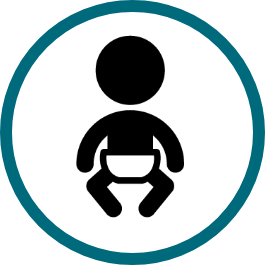
Newborn Health
Guidance and Sample Behavior Profiles
Behavior Profiles are a stand-out tool in the Think | BIG (behavior integration guidance) suite of social and behavior change tools. Using Think | BIG ensures that your program takes a whole ecosystem approach and is behavior-led, not intervention-driven. Behavior Profiles first appear in Step 4, during phase one Focus and Analyze, of the three-phase system that comprises BIG.
Using Newborn Health Sample Behavior Profiles
Changing newborn health behaviors requires an approach to social and behavior change that goes beyond relying solely on communication, and instead focuses on resolving all obstacles to the behavior at the same time in the same place. A strong analysis of the behaviors supports this approach and suggests logical pathways to change.
Five newborn health model behavior profiles have been developed to illustrate logical pathways to change. The five behaviors have relatively poor uptake at global level and therefore merit more attention to improve newborn outcomes. However, each country should determine its priority newborn health behaviors based on local conditions. The offline Prioritize tool can assist with that decision-making.
The model Behavior Profiles serve as at-a-glance documents that synthesize a selection of available global evidence for analysis of these behaviors. They include factors inhibiting or motivating practice of each behavior as well as those supporting actors required to enable change. The profiles organize the analysis in a causal pathway from a behavioral outcome to illustrative strategies.
The model Behavior Profiles can serve as examples for Missions or their implementing partners to use to develop profiles tailored to the country context. They are not based on exhaustive or systematic reviews and contain no weighting to reflect the amount of available evidence on a particular topic. Construct country-specific Behavior Profiles based on local evidence. Use your contextualized behavior profiles to plan, review your portfolio, and dialogue with implementing partners.
Practical applications include:
- Defining a research agenda tailored to filling gaps in the existing data.
- Developing a project and designing activities that address all critical factors and leverage all supporting actors.
- Ensuring all interventions are part of the logical pathway to change. Do they connect to an identified factor? Are all factors being addressed?
- Coordinating interventions to ensure all necessary activities are happening at the same time in the same place.
How to Use Behavior Profiles to Fill Gaps in Newborn Health Programming provides more detailed guidance, along with the profiles, global context for each behavior, and implications for programming.
To build your own Behavior Profiles, select the online or offline tool under Analyze.
Contact us if you have questions or don’t see the kind of Behavior Profile sample you need. We’re here to help!


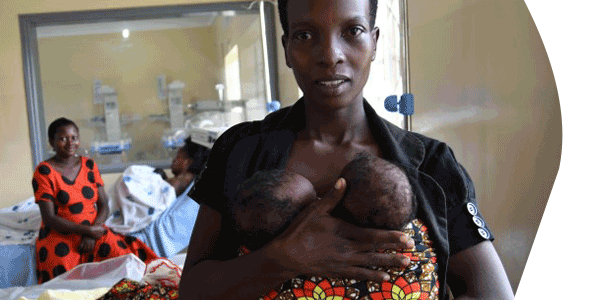
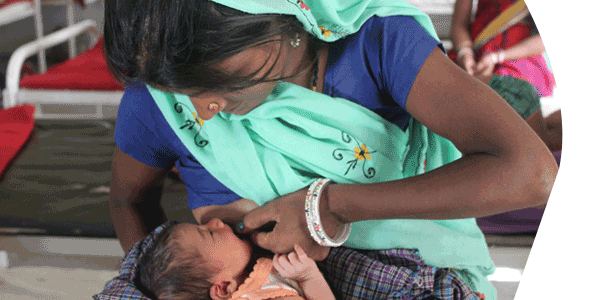
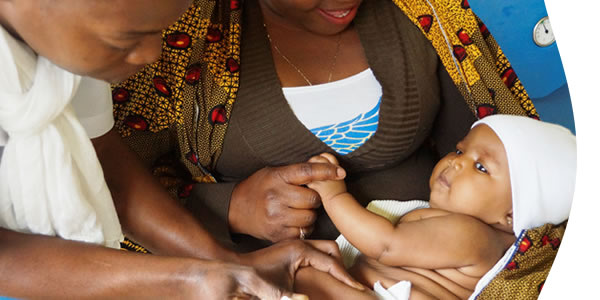
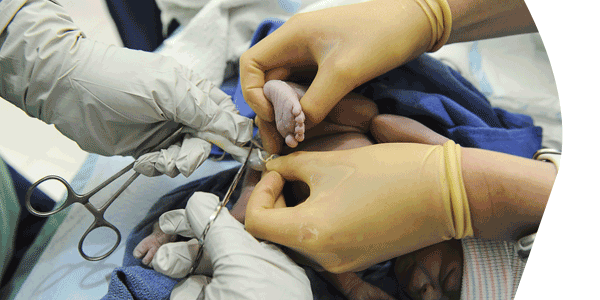
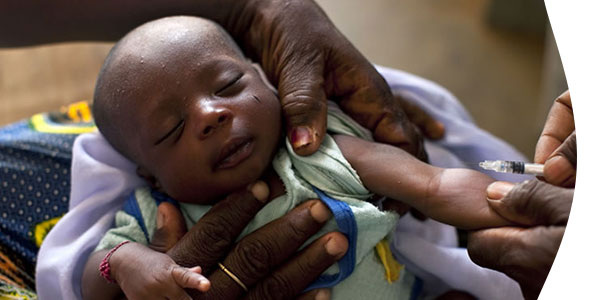
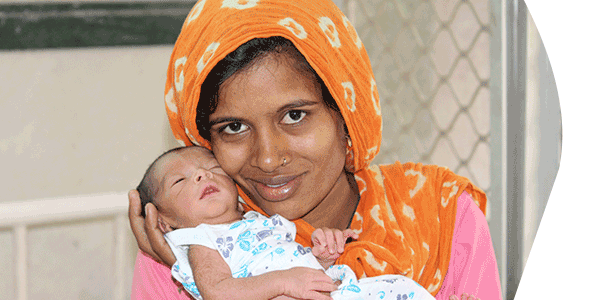
 The Manoff Group was acquired by JSI in 2022.
The Manoff Group was acquired by JSI in 2022.